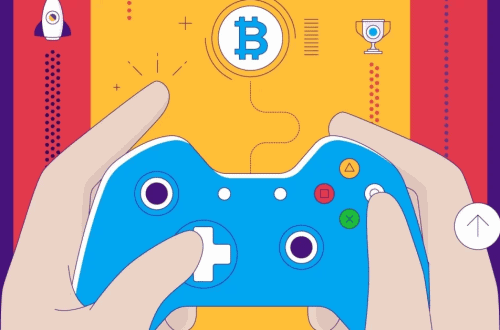When LAN tournaments went online at the height of the pandemic, the gaming industry took on a new boost. For several months, esports became the main entertainment for those deprived of the opportunity to watch football and go to the cinemas. In just under three quarters of 2020, Twitch has amassed more view hours than it did during 2019.
The advertising market has also changed. Many brands have redirected advertising budgets from sports and entertainment to the games industry as it continued to operate and generated millions of content views. Thanks to this, advertising tools have developed, and trends have been formed, which are worth paying attention to.
High fashion comes to e-sports
If sportswear brands have been present in the games industry for several years, this year marked a new trend. Now fashion houses have started to enter esports en masse. A joint study by Yandex and Riot Games showed that the core of the e-sports audience is 18-35 years old men with a high income.
Not only are they showing a keen interest in new technologies, cars, and digital entertainment, but they also spend a lot more money on clothing and accessories than the Internet audience in general. Therefore, many fashion brands are actively developing the direction of eSports, counting on long-term benefits.
Burberry hosted an online show on Twitch for its new Spring/Summer 2021 collection, and Balenciaga hosted the Afterworld: The Age of Tomorrow video game.
The House of Gucci has integrated into the Tennis Clash game with advertising on virtual tennis courts, a collection of clothing for players, and the Gucci Open online tournament.
Many brands produce special themed collections of clothing and accessories: the League of Legends collection from Louis Vuitton, Call of Beauty (F.P.S) perfume from the retailer GAME, and the Call Of Duty game, exclusive watches from Gucci and the Fnatic team. By the way, at the last Gucci show at Milan Fashion Week in February 2020, the team’s players sat in the front row with Jared Leto and other stars of the world show business.
Growth of in-game integrations
Whereas previously, companies used product placement and traditional advertising with a conversion component in tournament broadcasts, now in-game integrations are becoming the new standard. As a rule, these are direct collaborations with game developers, which provide exclusive advertising opportunities and maximum audience reach.
“Social” functions in games
Due to the constraints associated with the pandemic, live communication was lacking in 2020 for many. It has moved to the Internet. And this has impacted the mobile gaming industry as well. Both AppSamurai and ironSource write that games offering multiplayer participation will begin to grow to a greater extent in 2021. ironSource clarifies that there will also be more games that integrate chats, push notifications with messages about friends joining games, activity feeds of other players.
Both platforms cite the growing popularity of the Bunch app, which allows you to gather friends for video chat and start a mobile game together. It attracted $ 20 million in investment. There may be more such innovations in 2022.

Products based on video games
The new trend was first clearly manifested in 2020. Now, not only are brands entering esports and gaming, but the video game industry itself is expanding beyond its world. Many product manufacturers see potential benefits from integrating games into their products.
This is most clearly manifested in the field of children’s toys. Sales of video game-themed toys grew 246% from June 2019 to June 2020. For the first time, products in the category of “game franchises” have become more popular than toys in the category of “Harry Potter” and “Star Wars.” Video game product lines have emerged from major market players, including Lego, Mattel, and Hasbro.
Ambassador and sponsorship is still trending
There is now an increase in brand diversity in the ambassadorship and sponsorship market. If earlier computer equipment manufacturers, gaming peripherals, bookmakers, and energy drinks were represented here, now cosmetic, automobile, fashion, and even jewelry brands have begun to appear.




